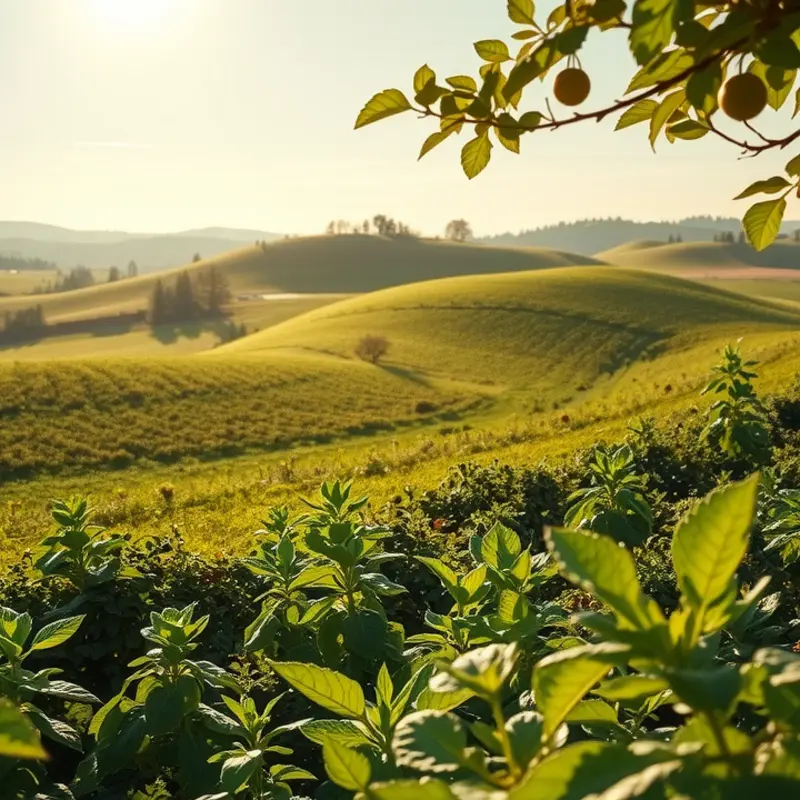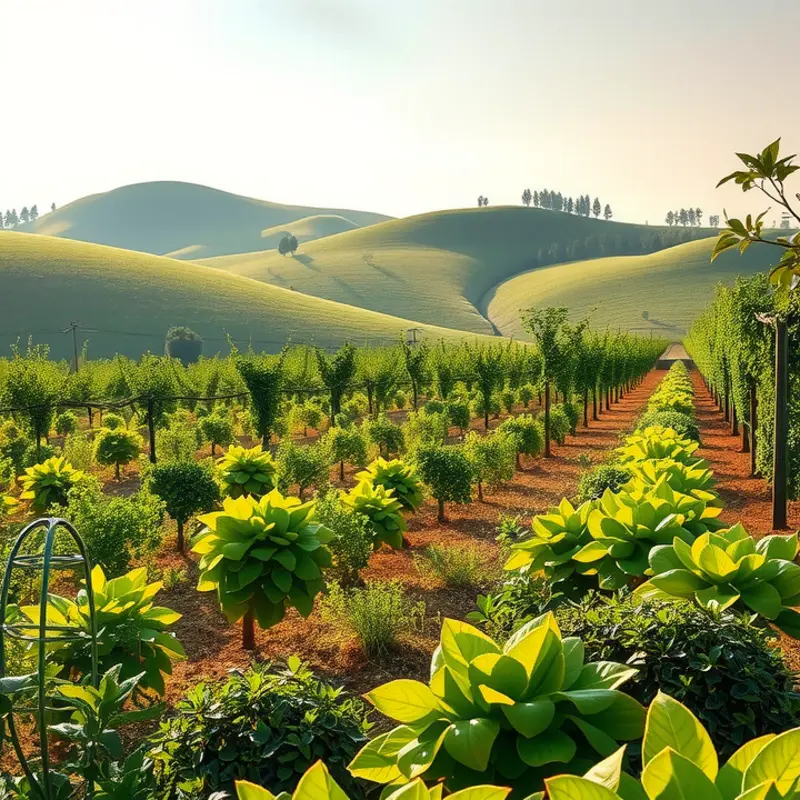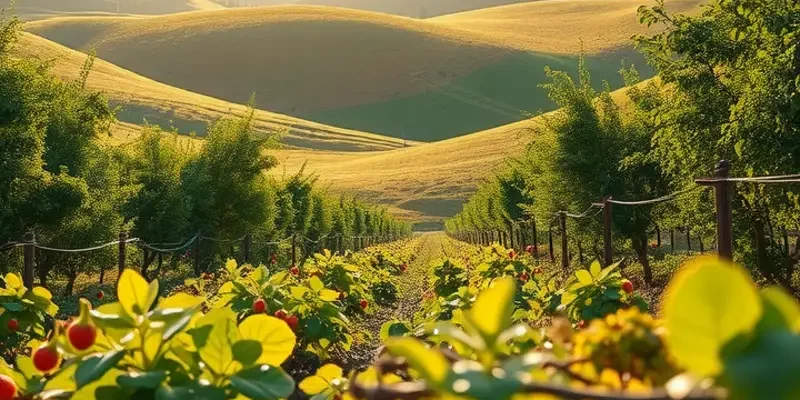Onions bring a depth of flavor to any dish, but traditional caramelization can be time-consuming. Fortunately, there are rapid methods to achieve that rich, sweet flavor in less time. Whether you’re a novice or a seasoned cook, these techniques will help you caramelize onions quickly and easily. Get ready to elevate your culinary skills and impress your friends and family with this simple yet transformative technique.
Speedy Sautéing: The Foundation of Onion Caramelization

The journey to mastering onion caramelization starts with grasping the art of speedy sautéing. This technique hinges on balancing temperature, onion choice, and intuitive cooking. Foremost, managing temperature is essential. Sautéing onions swiftly yet effectively requires a medium-high heat. This allows the onions to sweat and release moisture quickly, essential for caramelization. Overloading the pan can cause steaming instead of sautéing, so aim for single-layer coverage.
Choosing the right onion variety impacts the results profoundly. Myriad types exist, but yellow and sweet onions are preferred. Yellow onions bring a robust flavor, whereas sweet onions enhance caramelization speeds. Their natural sugars develop into a honey-like sweetness much faster.
Technique matters equally. Uniform slicing ensures even cooking, minimizing scorching risks. Aim for quarter-inch thickness to balance cooking rate with texture. During the process, frequent stirring prevents uneven cooking and reduces the likelihood of burning. After initial browning, lower the heat slightly and keep stirring to maintain consistency.
For those seeking to amplify flavors without extra salt, consider integrating certain ingredients before and during the sautéing process. A splash of vinegar or a sprinkle of herbs can turn a good dish into a great one. To explore more on enhancing flavors without salt, consider reading these strategies.
Adopting these practices not only quickens the caramelization journey but also unlocks the full potential of onion sugars, culminating in a savory-sweet masterpiece. Through understanding how each element contributes to the process, one can transform a mundane ingredient into a culinary star. Patience, precision, and practice with these methods can elevate your dishes beyond expectation.
Flavor Boosting Techniques for Caramelization

Caramelizing onions swiftly without sacrificing flavor requires creative techniques. By adjusting your approach, you can unlock the full potential of this humble vegetable. Here we’ll explore advanced methods that enhance the sweetness and depth of caramelized onions.
First, adding a small amount of sugar can expedite the caramelization process. Granulated sugar, a common household ingredient, works wonderfully. Sprinkle about a teaspoon per onion during cooking. This addition helps the Maillard reaction and enhances the final flavor profile. Despite purists favoring a no-sugar approach, this method supports a quicker and equally delightful result.
Another innovative technique involves using baking soda. A pinch can significantly speed up caramelization by raising the pH level. This adjustment accelerates the breakdown of the onions’ natural sugars. However, moderation is critical. Too much baking soda can lead to a mushy texture and an undesirable taste. For a balance, a pinch per pound of onions should suffice.
Incorporating broth is a flavorful way to add depth. As the onions cook, gradually introduce small quantities of vegetable or chicken broth. This technique not only aids in the caramelization process but also infuses the onions with a rich, savory flavor. Let the broth reduce before adding more, ensuring the onions remain the star of the dish.
Adjusting your cooking method can also make a substantial difference. Consider using a wide pan for increased surface area. This choice maximizes exposure to heat, promoting even cooking. Stir frequently but not constantly, allowing the onions time to develop a beautiful color without sticking or burning.
You may need to tweak the temperature settings throughout the process. Start with medium heat to avoid scorching the onions. After they soften, lower the heat to coax out deeper flavors. Pressed for time? You might experiment with higher heat for occasional bursts, being vigilant to stir regularly and avoid burning.
For those interested in other ways to intensify flavors without relying on traditional methods, consider exploring additional seasonings. For example, this guide can introduce you to various flavor boosters. Herbs like thyme or balsamic vinegar towards the end of cooking can add an unexpected but pleasant complexity.
Mastering onion caramelization with these techniques allows for a rich, savory result in less time. Adjusting sugar, experimenting with baking soda, or incorporating broth can significantly alter cooking dynamics. With practice, you’ll find a balance that matches personal taste and time constraints, expanding the versatility of this beloved ingredient.
Final words
Caramelizing onions doesn’t have to be an extensive process requiring hours in the kitchen. By applying rapid techniques like sautéing at the right temperature or enhancing flavors with sugar or broth, you can create perfectly caramelized onions quickly. This skill not only enriches your dishes but also boosts your confidence in the kitchen. Whether tossed in a salad, featured in a sauce, or served alongside your favorite protein, properly caramelized onions will elevate any meal. Embrace these methods to impress your guests and enjoy a deeper flavor in your dishes.







